Call 1300 849 118
Gastric Reflux
What if I have Heartburn or Reflux?
Heartburn occurs when stomach acid refluxes back into the oesophagus and burns its sensitive lining.
Obesity itself is a risk factor for this. Another common reason to have heartburn is if you have a hiatus hernia - a common condition in obesity.
A hiatus hernia occurs when the normal opening in the diaphragm for the oesophagus becomes stretched and enlarged, allowing the upper part of the stomach to slide up into the chest. This causes the one-way valve between the oesophagus and stomach to become faulty.
We routinely look for and repair a hiatus hernia if one is found during your weight loss surgery.
As a result, it is usually possible to get rid of your heartburn completely.
Many of our patients who have suffered from years of heartburn requiring medication to control and have had their symptoms alleviated as soon as they awake from surgery, and no longer need medication.
The Condition
Description
Gastric reflux, also called gastro-oesophageal reflux disease (GORD), is a condition where the stomach’s contents rise up from the stomach into the oesophagus. Food mixed with the stomach’s digestive acids can irritate and damage the oesophagus.
Causes
Normally, the stomach contents are retained in the stomach with the help of the lower oesophageal sphincter (LOS), a muscle that contracts and relaxes to maintain the one-way movement of food. However, gastric reflux occurs when the LOS weakens. The exact cause of this is not known, however certain factors including obesity, smoking, pregnancy and possibly alcohol, may contribute to GORD. Common foods such as alcohol, spicy foods, onions, chocolates, caffeine-containing drinks, mints, tomato-based foods, citrus fruits and certain medications can worsen gastric reflux.
Impact
Living with gastric reflux is inconvenient as symptoms can severely interfere with your life. You may have to follow certain dietary restrictions and reflux occurring in the night can hinder a good nights sleep, thereby affecting alertness and productivity the next day.
Anatomy
Food travels from the mouth through the oesophagus, a long, narrow tube that opens into the stomach. This food pipe is lined by muscles that expand and contract to push food down the tube, a process called peristalsis. The stomach secretes acid and other digestive enzymes for the digestion of food and stores food before it enters into the intestine.
A band of muscle called the lower oesophageal sphincter (LES) are present at the junction of the oesophagus and the stomach. This acts as a valve, preventing the reflux of acid from the stomach into the oesophagus. A simple anatomical diagram would be sufficient here.
Symptoms
Heartburn is usually the main symptom of GORD, characterised by a burning-type pain in the lower part of the mid-chest, behind the breastbone. Other symptoms include a bitter or sour taste in the mouth, trouble swallowing, nausea, dry cough or wheezing, regurgitation of food, hoarseness or change in voice and chest pain.
Diagnosis
We may order some of the following tests to diagnose gastric reflux:
- Endoscopy: allows the doctor to examine the inside of your oesophagus, stomach and portions of the intestine with an instrument called an endoscope, a thin flexible telescope
- 24-hour pH monitoring: involves inserting a tube through your nose into the oesophagus and positioning it above the LOS. The tip of the tube contains a sensor which can measure the pH of the acid content refluxed into the oesophagus. The tube will be left in place for 24 hours.
- Oesophageal Manometry. A tube placed into the oesophagus measures how well the muscles of the oesophagus work which is helpful in assessing the problem
- Barium swallow: special X-ray to assess the length and the function of oesophagus
Treatments
Treatment is aimed at reducing reflux, relieving symptoms and preventing damage to the oesophagus. Some of the treatment options include:
- Antacids: over-the-counter medicines that provide temporary relief to heartburn and indigestion by neutralizing acid in the stomach
- Other medications: PPI drugs (like: Somac or Nexium) reduce the production of acid in the stomach
- Fundoplication: is a key-hole surgical procedure in which the upper part of the stomach is wrapped around the lower end of your oesophagus where it is sutured into place. This surgery strengthens the sphincter and helps prevent stomach acid and food from flowing back into the oesophagus.
Prognosis
The outcome of treatment varies from person to person. Some may experience mild symptoms while for others, treatment can be very successful. Most people respond well to lifestyle changes and medications. However, a relapse is very common after cessation of medications, so the condition does require maintenance.
When medications fail to resolve symptoms or it is your preference not to take medication, surgery is recommended.
Untreated
If left untreated, chronic GORD can cause serious complications such as inflammation of the oesophagus, oesophageal ulcers, narrowing of the oesophagus, chronic cough and reflux of liquid into the lungs (pulmonary aspiration). Some people may develop Barrett’s oesophagus, a condition characterised by changes in the oesophageal lining, which that can lead to oesophageal cancer.
The Treatment
Surgery
If conservative treatment options fail to resolve your GORD, we may recommend a surgical procedure called Fundoplication.
Fundoplication surgery reinforces the lower oesophageal sphincter’s ability to close and helps to prevent gastro-oesophageal reflux from occurring. This surgery can be performed laparoscopically through tiny incisions in the abdomen in most people.
Procedure
Fundoplication is performed under general anaesthesia and most patients spend a couple of nights in the hospital.
Steps involved in Fundoplication procedure include:
- Dr Maani makes five small incisions in the upper abdomen and inserts telescope and a number of other instruments into the abdomen. The procedure is done watching a monitor.
- With the images from the laparoscope as a guide, Dr Maani wraps the upper part of the stomach, (called the fundus), around the lower oesophagus to create a valve, suturing it in place.
- The hole in the diaphragm through which the oesophagus passes is then tightened with sutures.
- The laparoscope and other instruments are removed and the gas released.
- The tiny incisions are then closed.
Postoperative Information
After the surgery, the wounds are covered with waterproof dressings so you can shower. They should be removed after 7 days. You may feel soreness around the incision areas. As (during the procedure) the abdomen was distended with gas, you may experience discomfort in the abdomen, chest, or shoulder area for a couple of days.
Contact your doctor immediately if you have a fever, chills, increased pain, bleeding or fluid leakage from the incisions, chest pain, and shortness of breath, leg pain or dizziness.
Benefits of this Approach
Laparoscopy is much less traumatic to the muscles and soft tissues than the traditional method of surgically opening the abdomen with long incisions. It is also associated with a shorter hospital stay, less post-operative pain and faster recovery.
Outcome
Surgery is found to be beneficial in approximately 90% of patients. However, as with any surgery, Fundoplication may involve certain side effects. These can include trouble swallowing, inability to burp or vomit, bloating and passing more wind. These side effects do not occur in everyone.
Post-op Stages of Recovery and Care Plan
Our team may give you a prescription pain medicine or recommend non-steroidal anti-inflammatory drugs (NSAIDs) for the first few days to keep you comfortable. Dr Maani may instruct you about your diet and activity restrictions. Care should be taken with your wound. You are advised not to lift heavy objects for 6 weeks.
Downtime - Lifestyle or Off Work Duration
Shortly after surgery, you can gradually resume your daily activities. You are encouraged to start walking as early as possible to reduce the risks of blood clots and pneumonia. You will be able to get back to work in 1-2 weeks.
Costs
Any costs involved will be discussed with you prior to your surgery.
Research
Extensive research is being done to find better treatment options for GORD
- Gastroesophageal reflux disease (GERD): a review of conventional and alternative treatments. Altern Med Rev. 2011 Jun; 16(2):116-33. 3
- http://www.ncbi.nlm.nih.gov/pmc/articles/PMC3667475/
- http://www.ncbi.nlm.nih.gov/pmc/articles/PMC2976861/
- http://www.ncbi.nlm.nih.gov/pubmed/21649454
CONSULTING LOCATIONS
All Locations
LIST
MAP
OUR NEAREST CONSULTING LOCATIONS
- St George Private Hospital 1 South St, Kogarah, 2217, New South Wales, Australia
- Figtree Private Hospital 1 Suttor Pl, Figtree, 2525, NSW, Australia
- Sydney South West Private Hospital 24 Bigge St, Liverpool, NSW, Australia
- Coffs Harbour 53 Moonee Street, Coffs Harbour New South Wales 2450, Australia
- Windsor 267 George Street, Windsor New South Wales 2756, Australia
HOSPITAL LOCATIONS
All Locations
LIST
MAP
OUR NEAREST HOSPITAL LOCATION
About Us
Our focus is on helping our patients lose weight and stay a healthy weight thereafter. Read more about us...
Clinics at
Dr Jason Maani is not a financial service provider. The information provided regarding payment options, including private health funds, superannuation access, and other financial assistance services, is for information purposes only. These services are independent of Dr Jason Maani, and patients are responsible for directly contacting the relevant providers to understand the terms, eligibility, and process for utilising these options for their procedure costs. Dr Jason Maani does not provide financial or insurance advice and recommends patients seek independent financial or professional advice regarding payment methods.







